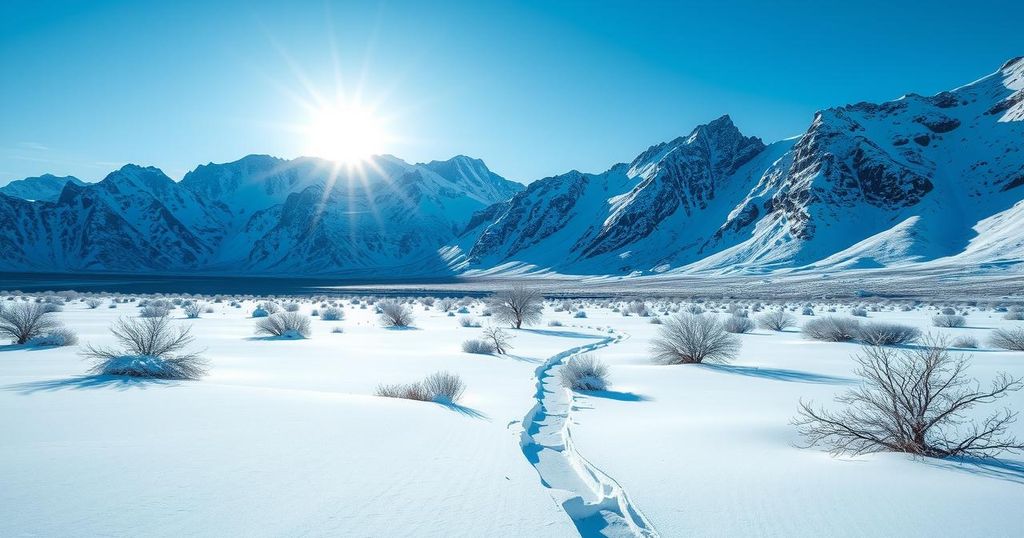Chile and Argentina Freeze Under Polar Anticyclone’s Grip

- Chile and Argentina face record low temperatures due to polar cold wave.
- The World Meteorological Organization issued early warnings on July 30.
- Gas supply disruptions have affected heating in Mar del Plata cities.
- Snow fell in unusual regions, including the Atacama Desert area.
- Farmers report crop damage from early frosts in central Chile.
Polar Cold Wave Grips Chile and Argentina
Chile and Argentina are enduring a polar cold wave that has led to notably low temperatures, plunging as low as -15° Celsius (5° Fahrenheit) in some areas. The World Meteorological Organization (WMO), in a report released on Thursday, shared that on June 30, parts of both countries were among the coldest places on the globe — only surpassed by areas in polar regions. In direct response to this phenomenon, termed a “polar-origin anticyclone,” governmental notices have been issued, including cold-weather alerts, to help alert citizens to the extreme conditions.
Heating Systems Affected by Extreme Weather
In Mar del Plata, a coastal city approximately 380 kilometers (240 miles) south of Buenos Aires, the impact of this chilly weather was particularly felt. Typically regarded for its moderate winters, the unexpected cold snap caused significant disruptions, particularly in natural gas distribution systems relied upon for heating. The local UN staff member shared that many businesses were ordered to close temporarily to help conserve gas supplies for residential heating — a move echoed by closures of schools and public facilities on both Thursday and Friday.
Far-Reaching Impacts and Broader Concerns
This cold wave began on June 26 and reached its peak on June 30, bringing unprecedented cold to much of the continent. While locations within the Andean mountains and Patagonia are usually familiar with winter chill, the intensity of this event was described as extraordinary by the WMO, even impacting normally mild low-lying regions. The system promoted stable weather, leading to icy conditions and serious air quality issues in cities like Santiago, Rancagua, and Talca due to the accumulation of pollutants. Additionally, snow unexpectedly covered parts of the Atacama Desert, known for being the driest place on Earth, for the first time in over a decade. The unusual weather also produced snowfall in several areas, including Mar del Plata and the hilly regions of northern Patagonia, areas not accustomed to such events.
The implications of this polar cold snap in Chile and Argentina are significant, particularly regarding heating issues, environmental impacts, and the agricultural landscape. With temperatures hitting record lows and snowfall in atypical regions, it reveals just how extreme weather patterns have shifted as a result of climate changes. Ongoing monitoring and support will be crucial for both economic stability and community recovery as these countries navigate this harsh winter weather.







